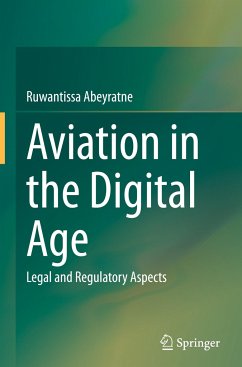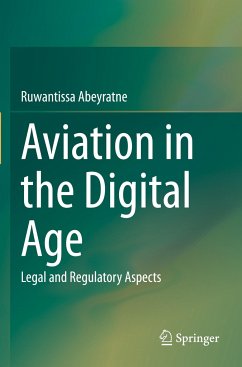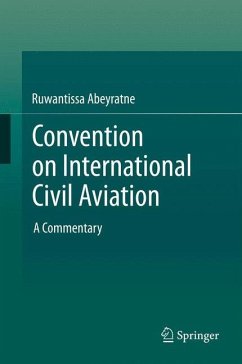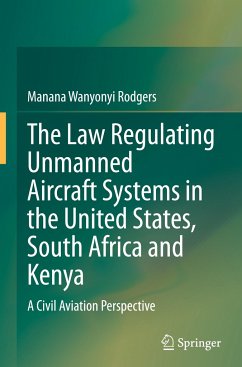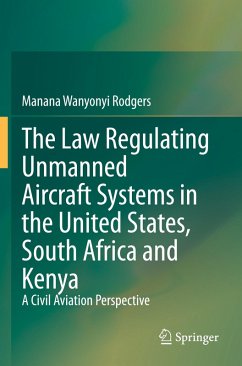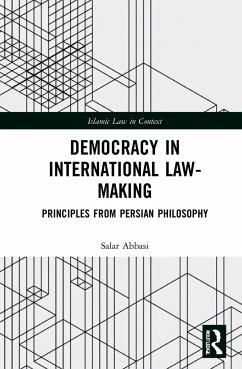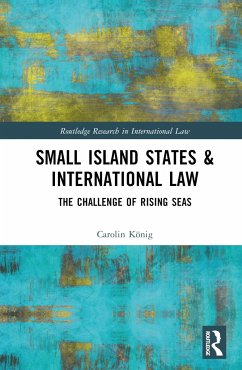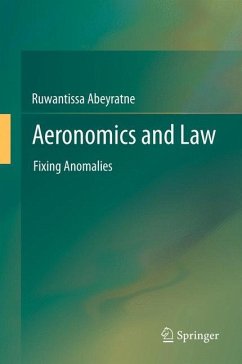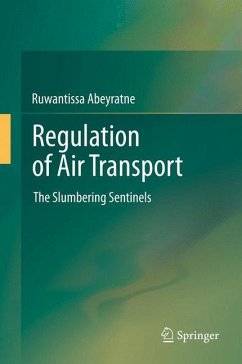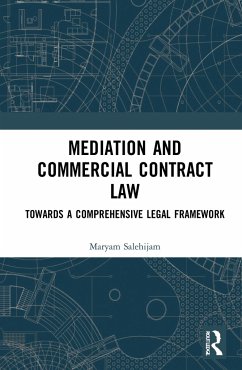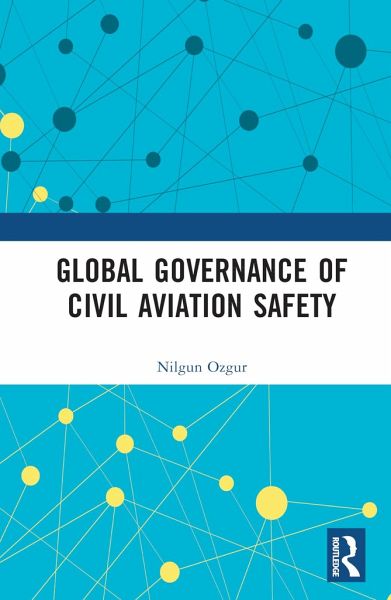
Global Governance of Civil Aviation Safety
Versandkostenfrei!
Versandfertig in 1-2 Wochen
168,99 €
inkl. MwSt.
Weitere Ausgaben:

PAYBACK Punkte
84 °P sammeln!
This book indicates the shortcomings of the current international legal system and customary international norms that govern international aviation law to comply with contemporary air transport market realities. As the air transport market develops globally, the safety regime of civil aviation should also be governed and applied globally. In this book, the author departs from current international legal norms to examine the emerging legal field of global administrative law. Through that lens, the possibility of reconstructing the set of legal mechanisms that govern domestic and international a...
This book indicates the shortcomings of the current international legal system and customary international norms that govern international aviation law to comply with contemporary air transport market realities. As the air transport market develops globally, the safety regime of civil aviation should also be governed and applied globally. In this book, the author departs from current international legal norms to examine the emerging legal field of global administrative law. Through that lens, the possibility of reconstructing the set of legal mechanisms that govern domestic and international administrative interaction in the global field of aviation safety is explored. This book demonstrates that a legal system is never complete but always develops in tandem with changing needs, i.e. the participation of the affected parties. Exploring the principles of GAL theory contributes to addressing the contemporary legal issues relating to state compliance with international aviation safety standards that would otherwise not be covered by customary international law. In particular, the principles of GAL theory regarding global governance and the 'public' character of global regulations, the role of individuals and states in global governance, and state sovereignty are considered valuable contributions to contemporary global aviation safety issues in practice. It is asserted in this book that proper checks and balances in global aviation safety can be improved by making these accessible to individuals by way of national courts. Finally, establishing public awareness of global aviation safety standards will eventually create greater pressure on states to implement and enforce them. This book is in an area increasing academic and research interest of practitioners of public international aviation law, global administrative law, global governance, and global aviation safety, global air transport market regulations.




